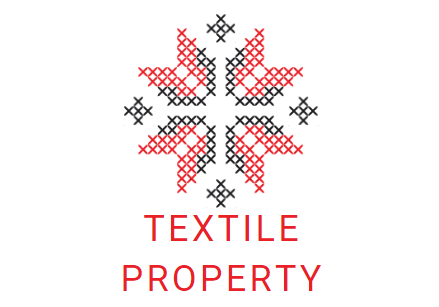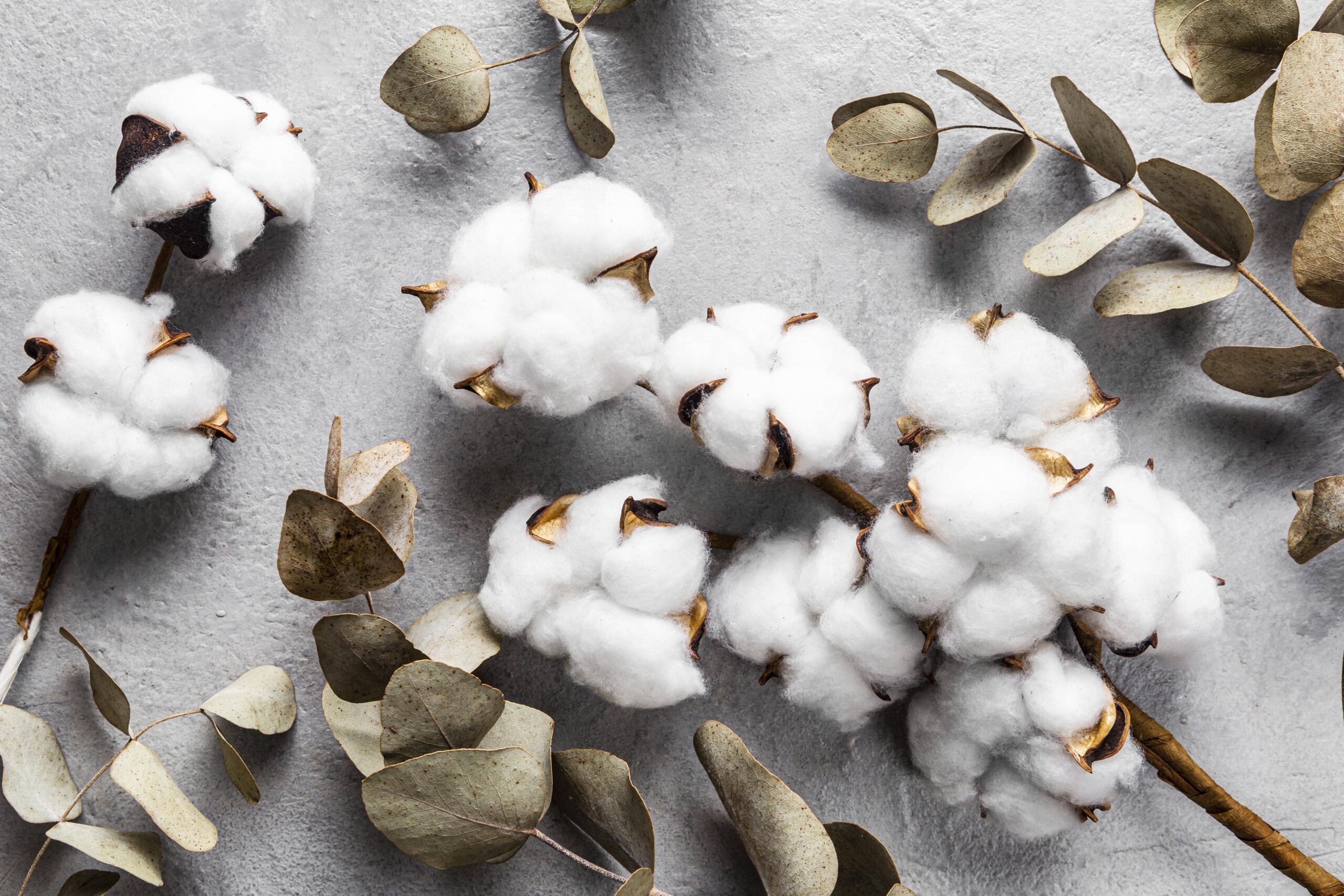Cotton is, by far, the most important textile fiber. There are different types of cotton fibers according to their staple length and plant varieties. With the plant varieties, their quality also varies. To produce top quality product, we need optimum quality cotton fibers.
In this article, we will discuss about different types of cotton fibers.
Cotton consists of cellulose, a polymer of glucose. Cellulose is the basic building material of all types of vegetation and many different plants are sources of cellulose fibers.
How we get cotton?
Cotton comes from the seed pod of plants in the Gossypium family cultivated in a number of subtropical climates. The fibers grow out of the seeds in the closed pod. In the initial phase, they form long, thin-walled cells filled with protoplasm.
Later, as the growth in length ends, the cell walls increase in thickness as rings of cellulose are deposited on the inner surface of the cell wall. When the pod or boll bursts, the cotton fibers, whose function is to aid seed transport in the wind, dry out.
Once the remaining protoplasm has evaporated, the cotton bolls are harvested mechanically and the fibers removed from the seeds by a process called ginning.
This must be carefully controlled to avoid over-cutting of the fibers. Cotton ‘linters’, the short lint hairs not removed from the seeds by ginning, are also an important source of pure cellulose. Pressing the residual seeds gives cotton seed oil.
Types of cotton
In different parts of the world, many cotton fiber is grown with wide range growing conditions. As a result, there are many grades of cotton fibers around the world. They are of various quality that vary widely with their characteristics and properties.
It is a quite difficult job to assess the quality of cotton. It requires great skill and experience. Quality of cotton is directly related with staple length and its characteristics which is generally quoted to refer any cotton.
Staple length is an assessment of fiber with respect to its technically most important length. In case of cotton, staple length corresponds very closely with the most frequent length of the fibers when measured in a straightened condition.
Commercial Types of Cotton
Commercial cotton may be classified broadly into three categories. Here they are:
- Staple length 1-1 ½ inch (26-65 mm): Includes the fine, lustrous fibers which forms the top quality cotton. The fibers are generally of 10 -15 microns diameter and are of 1.1-1.8 dtex (0.99-1.62 den).
Sea Island, Egyptian, American pima are in this category. These are high category cotton. These cottons are difficult to grow. Their supply are comparatively low.
- Staple length ½ – 1 5/16 inch (12-33mm): This includes medium strength, medium luster cotton. This form the bulk of the world crop. These fibers are generally of 12-17 micron diameter and are of 1.4-2.2 dtex (1.26-1.98 den)
American upland and some Peruvian types fall into this category.
- Staple length 3/8 – 1 inch (9-26mm): This includes coarse and low grade fibers. They are low in strength and have little or no luster. They are generally of 13-22 microns diameter. They are of 1.5-2.9 dtex (1.26-1.98 den)
Many of Asiatic, Indian and some Peruvian cottons fall in this category.
Types of Cotton depending on cotton plant varaites
According to plant varieties, there are 4 types of Cotton. Here they are:
Gossypium hirsutum (Upland cotton)
Most widely this type of cotton is produced. 90% of the world’s cotton production is from this category. Cotton from Central America and the Caribbean Sea Island accounts for this category. These are exported to every location throughout the world. They are characterized by short-staple fiber that grows in any climate.
For making a quality fabric that all can afford, Upland is perfect. Especially in the US, this type of cotton mostly plants. Or you can say, 95% of fibers grow in American soil.
Gossypium Hirsutum (Acala cotton)
San Joaquin Valley Acala, the cotton type only produced by California. Among all of the upland cotton, this type is the highest quality cotton. This type of cotton gets benefits from the climate of San Joaquin Valley.
Acala cotton gets an extended growing period that increases yield. As a result, we get a finer product. This type of cotton is a bit costlier than American Upland cotton. This is due to its growing requirements.
Gossypium barbadense (Pima Cotton)
This type of cotton accounts for 8% of the world’s cotton production. These are more expensive than the previous one. This type of cotton consists of extra-long staple fiber. Textiles become softer and lustrous with this type of cotton.
South American cotton is from this category, they are exported throughout the world. Pima kind of cotton is from this category. Producers from China and India produce this cotton.
So, what’s the benefit of using this extra-long staple fiber? It makes the fabric strong that makes it resistant to fraying, fading, wrinkling, and pilling.
Gossypium herbaceum (Egyptian cotton)
This type of cotton grows in longer bushes that can be considered as tree. This accounts for 2% of the world’s condition.
As like as Pima cotton, this type of Egyptian cotton is from extra-long staple fiber. This quality makes it also soft, supple, and vibrant in performance. So what is the difference between Egyptian cotton and Pima cotton?
The main difference is in the cultivation process of cotton. Egyptian cotton is grown at hot and dry climate beside Neil River in Egypt. This type of cotton is exceptionally quality full.
Gossypium arboretum
This type of cotton is from Arabia and Africa. This accounts for not more than 2% of the world’s cotton cultivation.
To Wrap Up!
Cotton and Viscose contain pure cellulose among all fibers. Other natural fibers containing cellulose, also contain some other constitutional materials. Although cotton and viscose are almost pure cellulose, they have quite different physical properties because of their distinctive morphologies and molecular arrangements.
Even though cotton and viscose fibers can be dyed with the same types of dyes, using similar methods, their dyeing characteristics are different. You may also check: Characteristics of Cotton
Salma Hasin the author of this site completed her BSc. in Textile Engineering (Wet Processing Engineering). She wants to share her knowledge to help students in their studies and businessman & entrepreneurs in their businesses in making wise decisions fast.

